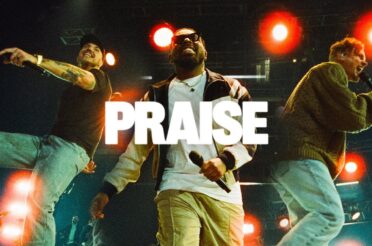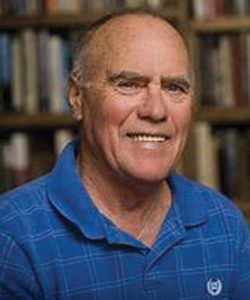By Roger Barbee
The phrase “Doubting Thomas” is an all-too familiar one used to describe one of The Twelve. It has even evolved to describe a person who is skeptical concerning a fact, a negative comment against one’s judgement or belief.
But this is where I think Biblical tradition has maligned the Disciple Thomas. After all, in John 11:16, he is the Disciple who says to the other Disciples when Jesus is preparing to go to Bethany because of Lazarus’ death, “Let us also go, that we may die with him[Jesus].” Lazarus lived in Bethany and it was a dangerous place for Jesus. However, in this scene set by John, we see the courage of Thomas, The Twin. There is affirmation in his words, but through mis-teaching and tradition, Thomas is too often remembered as a doubter.
Through tradition, we have come to teach that there were three wise men who visited the newborn Jesus, because three gifts are mentioned. Tradition teaches that Jesus was a carpenter, but he was the equivalent of a modern-day handyman working with wood and stone, a more plentiful source for building in first century Israel. Every image of the Last Supper is based on a late 15th century mural by Da Vinci, which is Biblically wrong. And one more example of tradition taking over fact is the symbol for Christianity — the cross. What we show and wear is not historically accurate, but we teach it still.
However, in my recent readings of Genesis, I have been struck by how we have treated Esau. Yes, he traded his birthright for a bowl of lentil soup. (By the way, why was his brother cooking, a woman’s job in that society?) And he was cheated by his mother and twin brother. Yep, to spite his parents, he married two heathen women. Then his brother the sneak leaves to escape his rage.
Gone for 20 years, Jacob returns with his wealth. Frightened still of Esau, he sends his concubines and children out first, then Leah and her children, then Rachel (his favorite) with her children. A nice pecking order in case Esau had plans for vengeance. But, accompanied by 400 of his best fighters, according to Genesis 33: 4, “Esau ran to meet him, and embraced him, and fell on his neck, and kissed him: and they wept.”
I see no revenge here, but Dr. J. Vernon J. McGee writes that Esau
possibly tried to bite the neck of his brother, thus killing him. But
during the exchanges between the brothers, Esau refers to Jacob as “my
brother” while Jacob uses the distant “My lord.” When Jacob offers gifts
to Esau, the red warrior says in Genesis 33:9, “I have enough, my
brother; keep that thou hast unto thyself.”
I am aware of the oft-quoted verses from Malachi that Esau is the
patriarch of Edom, the nation that helped the Babylonians destroy
Jerusalem. But what we know of Esau from the Bible, besides the sad tale
of twin brothers in Genesis, is that he helped Jacob bury their father.
What else we know is from non-Biblical sources. So why the
vilification?
Tradition. And that is dangerous. While working in a school outside New Orleans, I was often told, in explaining why some action was followed, “It’s our tradition, Mr. Barbee.” The chaplain would say in an aside to me, “Tradition or unexamined habit?”
I think we have too many unexamined habits of belief in our Christianity and we should follow the Bible and use what it gives us, along with accurate histories. If we follow a tradition, we begin to believe it, then we teach it as gospel. Then, when the ones we have wrongly taught learn the truth, they may see us as liars or worse. Teach truth.
Roger Barbee lives in Mooresville. Contact him at rogerbarbee@gmail.com







